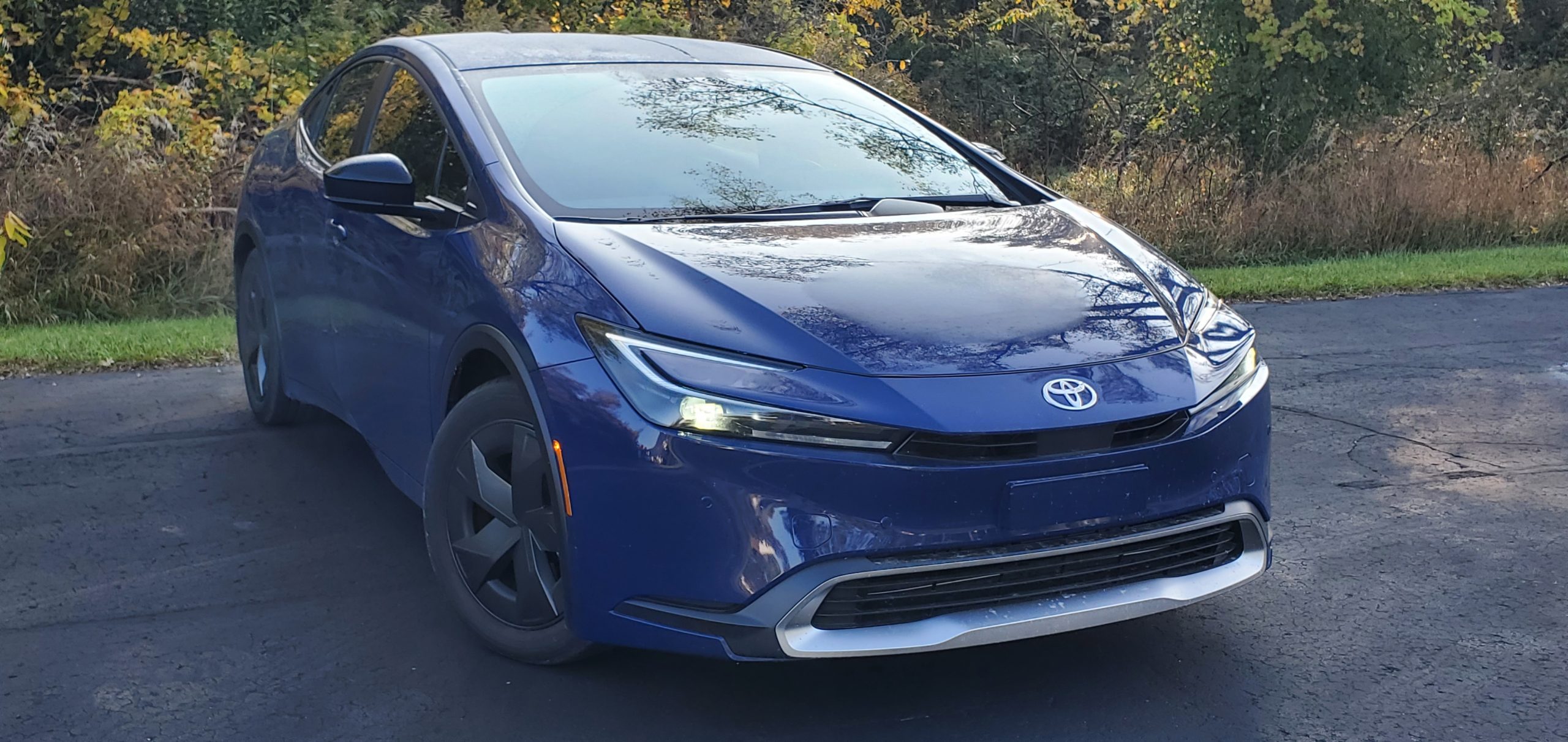The Toyota Prius has been an enduring icon of the company’s hybrid technology with the vehicle being a spearhead model in showing that hybrid technology can be an integral part of the driving and ownership experience. The Prime model is the plug-in version and the recent updates that the standard Prius received have helped the Prime transform into a potent value for buyers if they know where to look.
Prime SE focuses on value

Our tester arrived as a base SE model with Toyota attempting to market this model as a budget-friendly way to enter the PHEV ranks. Unlike its ritzier cousins the XSE and the Limited, the SE doesn’t get any flash bits of trim with the wheels being simple blacked-out units that are designed to work with the Prius’s mission of being as slippery through the air as possible. The core exterior styling doesn’t stray too far from the traditional hybrid models with the front fascia being more aggressive than before with the swept-back shape giving our SE tester a sporty look.

The understated suit of clothes also worked well with the blue paint on our tester which looked great under the late fall sunshine. The 2024 Prime is also the last one that will be sold under the Prime name with Toyota confirming recently that it was eliminating the moniker to help simplify the buying experience for customers with simpler badging taking its place with the change also being applied to the RAV4 Prime PHEV. However, with the outside changes being mostly limited to cosmetics, the SE focuses on value and it certainly delivers the goods on that front with a base SE starting at just over $32,000 which is firmly in the reach of budget-minded shoppers and also undercuts som other PHEV rivals as well.
Comfortable interior
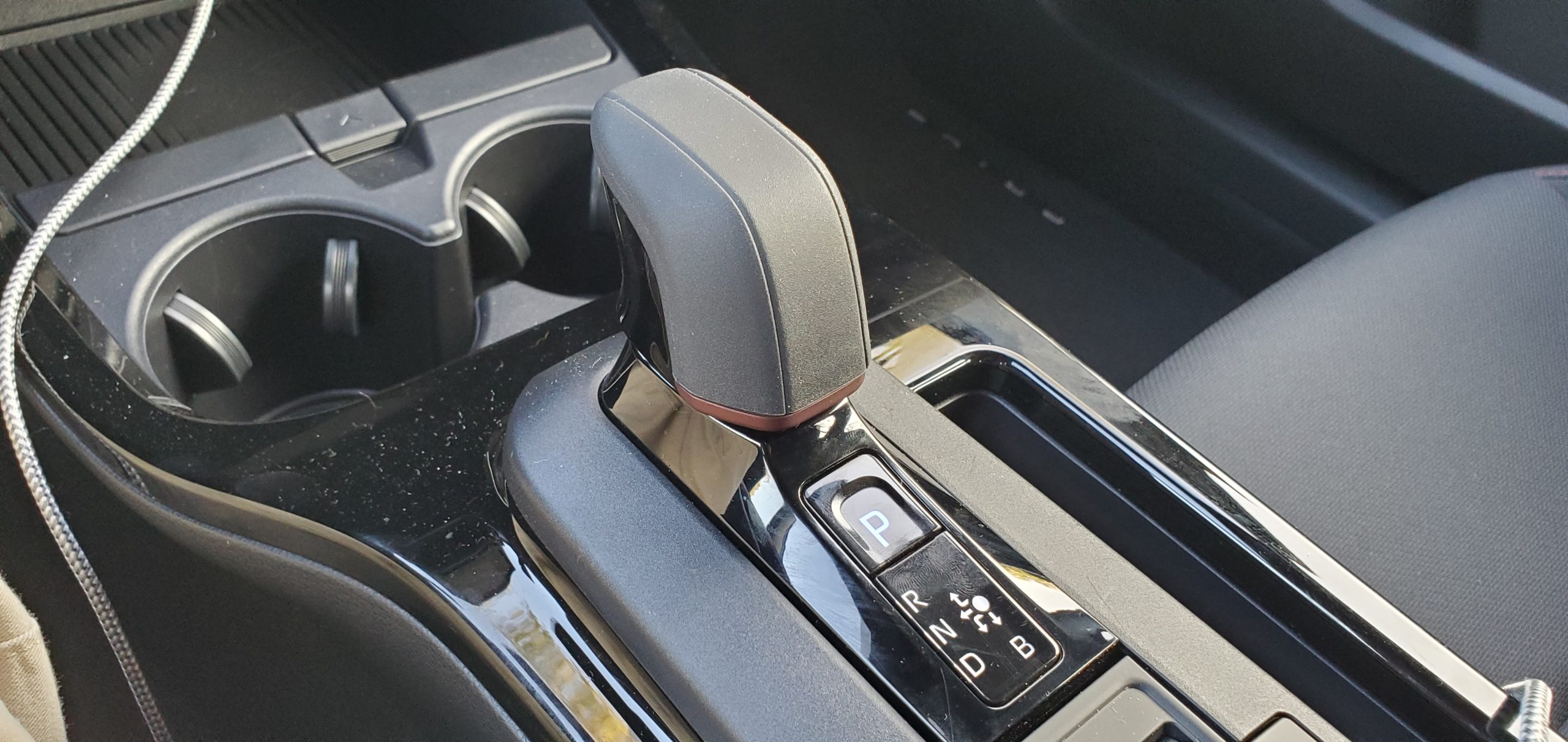
The interior of the Prius Prime shares some core design cues with the oddly-named bZ4X with the wraparound dashboard, steering wheel and other interior pieces being shared with the funky CUV. The single gauge cluster is gone and the Prime now gets a large digital cluster with a massive center-mounted display screen providing infotainment capability. The shifter also moves from the dashboard to the center console but most occupants will notice how comfortable the front seats are in the SE with the thrones offering plenty of legroom. The lone exception was headroom which can be tight for taller drivers and occupants.
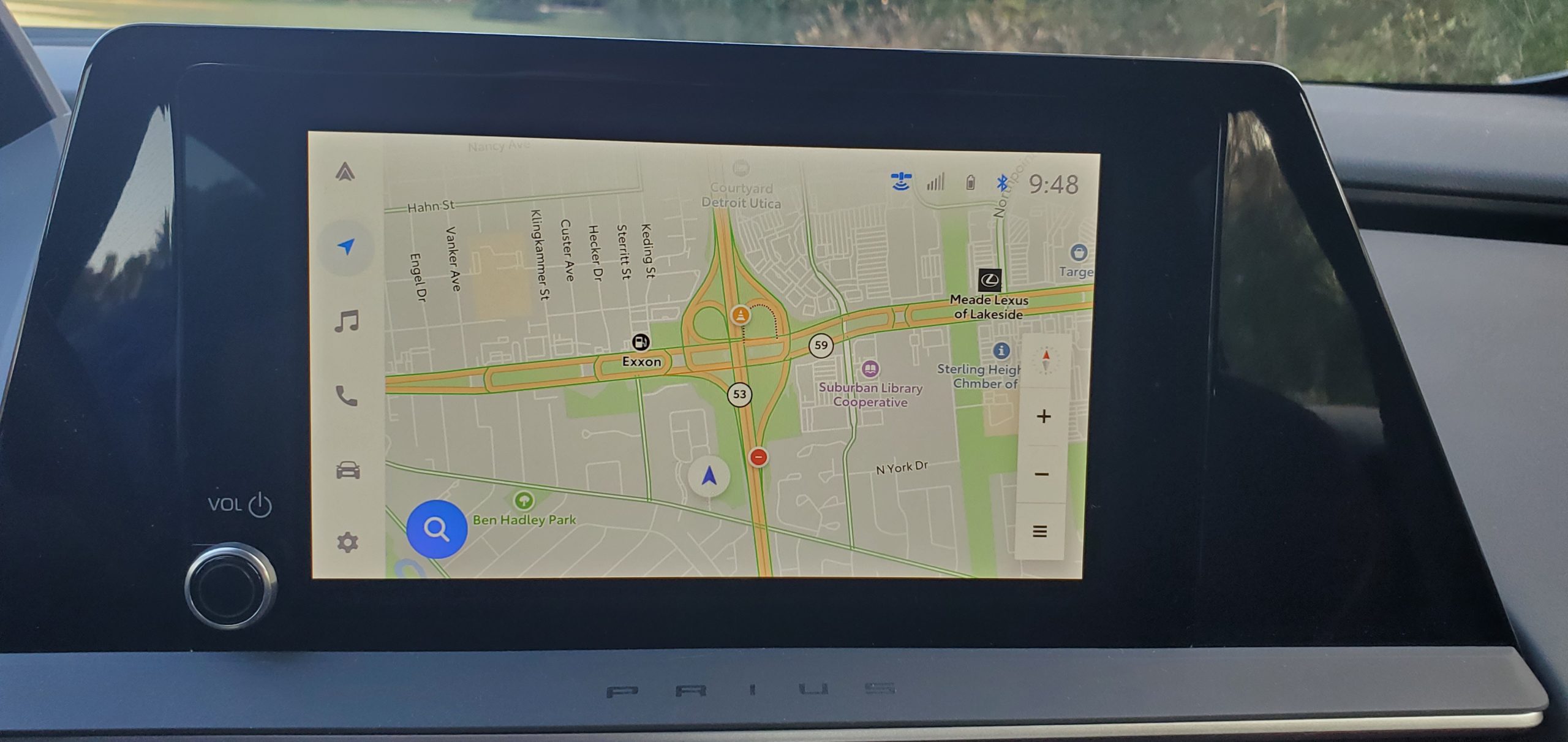
The rear seats are even tighter due to the sloping roofline but the trunk can swallow a good load of stuff depending on how you use the Prius. The 8.0-inch infotainment screen functions with little drama and wireless Android Auto and Apple CarPlay is standard. A bigger 12.3-inch screen is available on higher trim levels but in our opinion, it’s not worth the extra money since the 8.0-inch unit does a commendable job as it is with the bigger screen not offering much in terms of additional benefits anyway.
Prius Prime gets unchanged performance
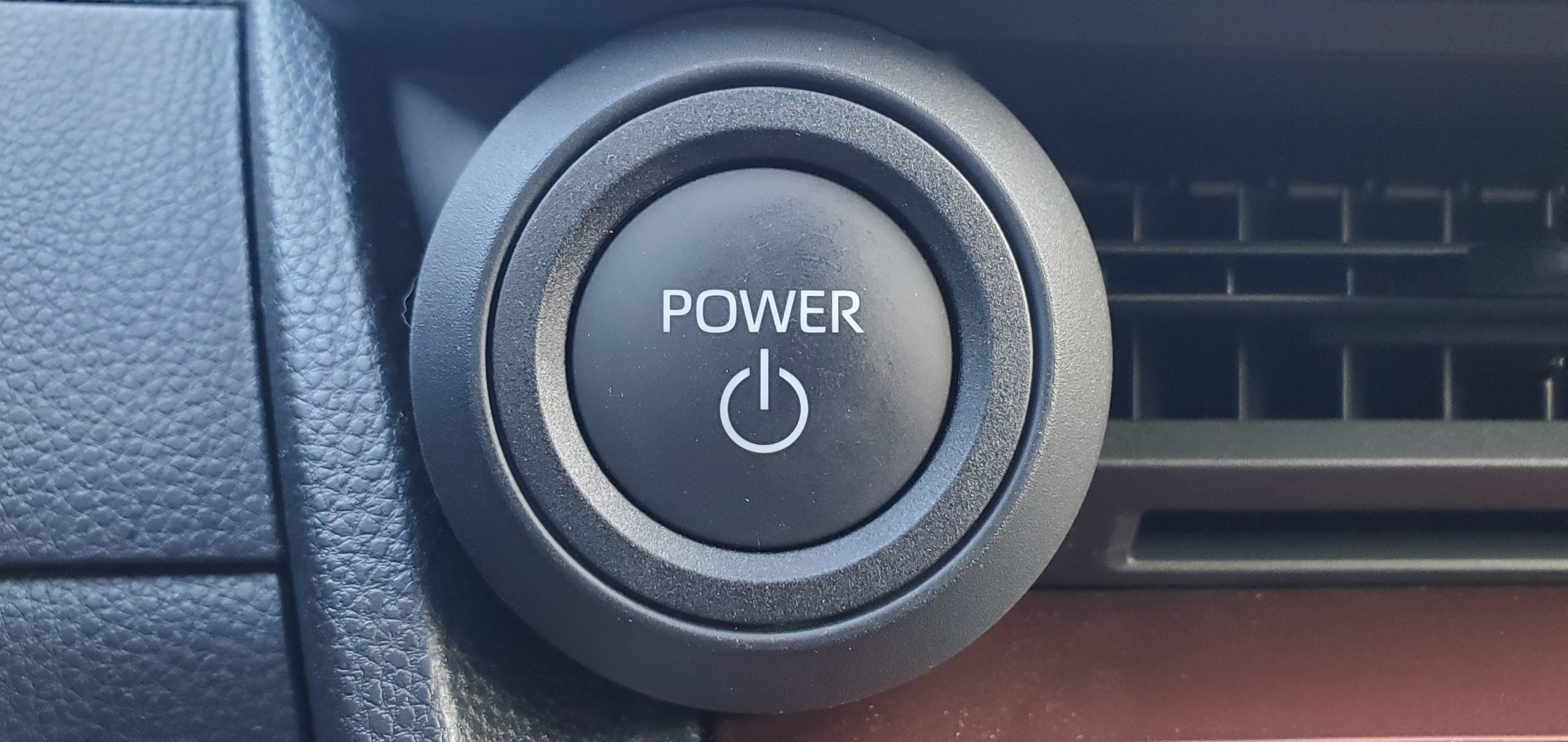
Performance for all Prius Prime models continues to come from a 2.0-liter four-cylinder engine that’s paired with two electric motors for a combined total of 220 hp. The electric motors have separate tasks with one providing extra power to the front wheels while the second one regulates a planetary gearset that modulates the engine’s power to help it replicate a traditional belt-driven CVT. The power here is more than some non-hybrid cars and our tester managed to make the sprint to 60 mph in a brisk 6.7 seconds.
But raw performance is not what the Prime is about (the GR models can cover that) instead, it’s about fuel economy with the EPA saying the Prime can get 50/47 mpg in city and freeway driving. When left in all-electric mode, the Prime can go as far as 44 miles before the battery needs a charge. Roof-mounted solar panels help charge the Prime when it’s parked but they are only available on the range-topping Limited models.
Prime SE, the sleeper pick
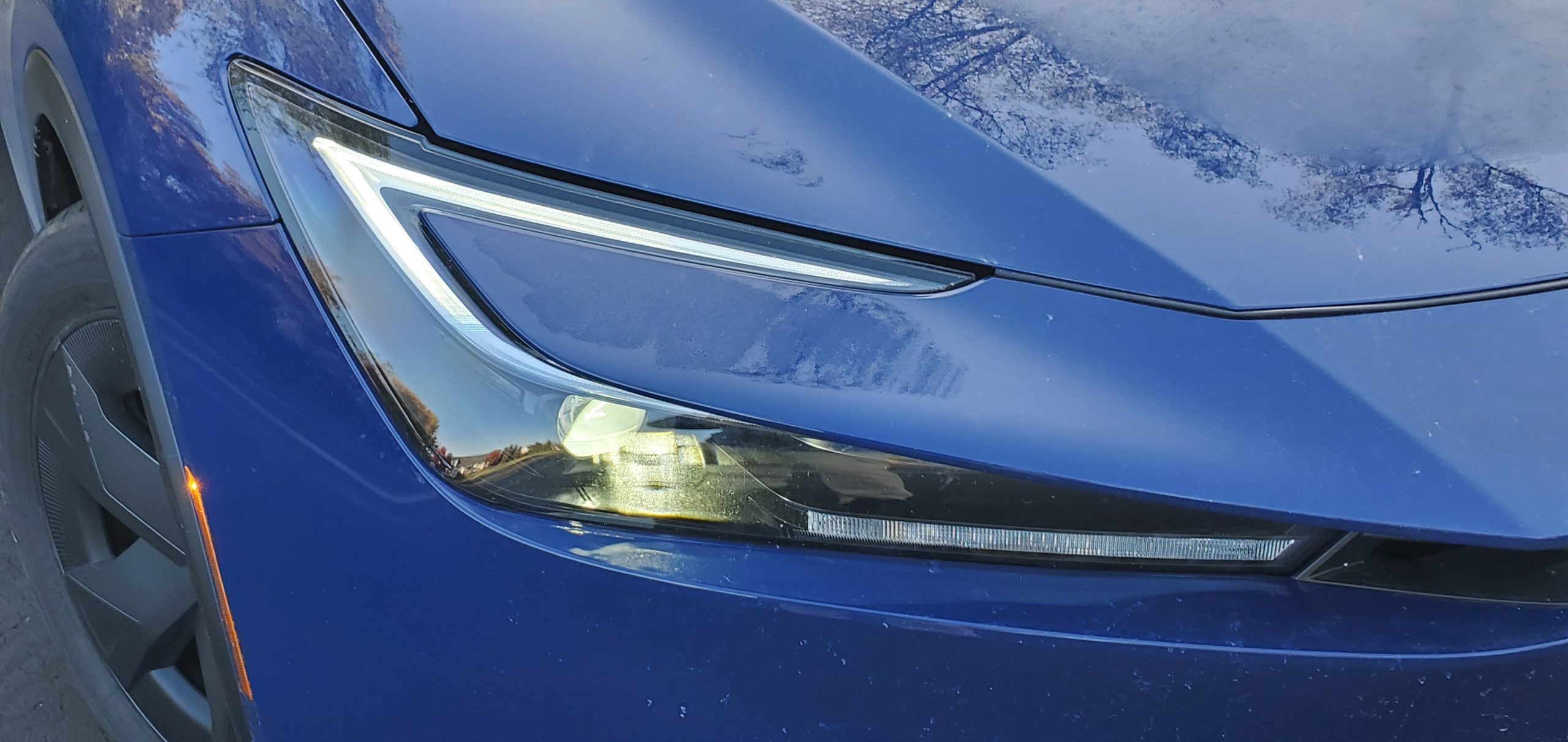
While it’s easy to pick the range-topping XSE or the Limited models for their higher amounts of equipment (including the solar panels) we suggest taking a very serious look at the SE. The SE has plenty of standard equipment at its disposal and it’s also sensibly packaged for the money. This combination of value and packaging allows the SE to be an excellent choice for first time PHEV buyers or those who want to stretch their buying dollar as far as possible.
It will be interesting to see if Toyota will give this version of the Prius all-wheel drive with all PHEV models currently being front-wheel drive only. The addition of all-wheel drive would give the model more performance but it remains to be seen what sacrifices Toyota would make to allow the system to work properly.

Carl Malek has been an automotive journalist for over 10 years. First starting out as a freelance photographer before making the transition to writing during college, his work has appeared on numerous automotive forums as well as websites such as Autoshopper.com.
Carl is also a big fan of British vehicles with the bulk of his devotion going to the Morgan Motor Company as well as offerings from Lotus, MG, and Caterham. When he is not writing about automobiles, Carl enjoys spending time with his family and friends in the Metro Detroit area, as well as spending time with his adorable pets.

